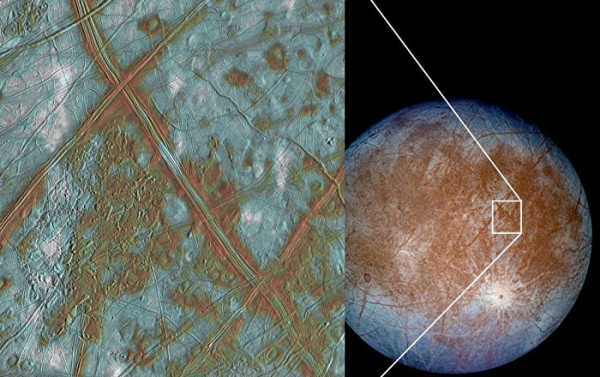
The Deepsea Challenge expedition dates back to 2012, however it wasn’t until just recently that some suspicious droopy assemblages were spotted in the stockpile of the mission snapshots capturing the depths of the tectonically remarkable Mariana Trench.
With the first kind of microbe having been discovered decades ago in the super-deep Mariana Trench, a new study zooming in on the results of the 2012 Deepsea Challenge mission provides hints at another sort of life, living off specific chemical reactions with seafloor rocks. The study’s conclusions have been published in the journal Deep-Sea Research I.
When a team of researchers zoomed in on images taken by the robotic lander, something extraordinary popped up – something greenish and droopy clinging to the rocks in the chasm, sitting where the colossal Pacific plate submerges underneath the smaller Mariana plate.
The team suspects the object camera lense focused on is a microbial mat, a complex multi-layer structure built up by bacteria.
In caves and other dark nooks where iron- and magnesium-rich rocks meet seawater, a chemical reaction called serpentinisation has been shown to fuel microbial metabolisms, with the latter bringing about a tiny bit of heat and thereby generating compounds like methane and hydrogen needed for microbial metabolisms. The finding implied that the detected organisms apparently feed on something other than food that comes from above, from more sun-lit waters.
“Bacterial communities living off of serpentinisation are a whole different story and can exist even where solar-powered life doesn’t”, says National Geographic Explorer James Cameron in an email cited by NG.
The team stumbled upon clear signs of serpentinisation in the rocks of the Sirena Deep – about 35,000 feet below sea level – both in the buildup of the seawater and in visible alterations to the rocks themselves. The site, therefore, appears to have the fuel that chemosynthesizing microbes require. And though the pressure in this part of the ocean is phenomenal and reportedly enough to crush a military submarine, microbes are so small that they “don’t give a damn” about such extreme powers, shares Penelope Boston, an astrobiologist at NASA’s Ames Research Centre who did not partake in the research.
If they indeed feed solely on energy and chemicals produced by local chemical reactions, these microbes could be similar to the first life on Earth—or to microbes that might exist in the ice-encrusted ocean of Jupiter’s moon Europa, the researchers have come to believe.
According to Hand, the water extends there as deep as 100 miles, but the moon’s lower gravity means the pressure is about the same as on the seafloor of Earth.
Abundant evidence from seawater harvested by the lander suggests that slews of microbial species are observed near the fuzzy rocks—species that are common in other parts of the deep ocean, including members of the Rhodobacteraceae and Shewanellaceae families – a fact that doesn’t actually make the trench stand out really much.
According to Cameron, the find offers a “glimpse” of how life might have evolved billions of miles away from us, “and it may also be a glimpse back through time, four billion years, to the dawn of life itself”, he argues.
Sourse: sputniknews.com
0.00 (0%) 0 votes


































